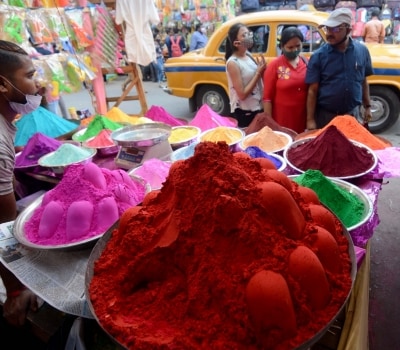Even as China regained the top slot as India trade partner during the first nine months of2020-21 notwithstanding the faceoff in the aftermath of the Galwan Valley clash, New Delhi’s imports of toys, water canons and colours pertaining only to Holi celebrations have been negligible compared to about Rs 1,000 crore annually shipped during the pre-covid times.
According to the Confederation of All India Traders (CAIT), traders have continued to shun Chinese made finished products though imports of other raw materials including active pharmaceutical ingredients (API) and essential items have continued.
Since 2018-19, US was the biggest trade partner of India. In 2020 (January to December), India’s imports from China stood at $58.71 billion. However, New Delhi’s overall imports from China has eased from a high of over $76 billion in 2017-18.
The Indian cottage industry, which has been facing severe competition from the Chinese, has finally got the much-required boost after Chinese imports of items such as lights, household decorations, gifts, low end garments and footwear, have thinned.
“Chinese goods have dominated the Indian markets and festivities would mean buying items that were made in that country. However, the situation has changed since Diwali last year when CAIT called for boycott of Chinese made products,” Praveen Khandelwal, secretary general, CAIT said.
Though after the Galwan Valley clash, the Narendra Modi government had banned many Chinese mobile apps, including the popular TikTok while hiking duties on several items, sources said that trade relations had not been dampened severely.
“The focus is on making India ‘Atmanirbhar’ but that is not to state that we will not import from other countries or use their raw materials,” an insider on condition of anonymity said, adding that the government would not dent imports of critical raw materials which could dent the Indian manufacturing sector and achieving the $5 trillion economy by 2025.
“The resilience of China-India economic and trade relationship should not be completely dismissed. It is true that the Modi government has pushed for a self-reliance strategy to support domestic industrial development, but that doesn't necessarily mean decoupling from Chinese supplies that are integrated into the local market,” the Chinese state backed Global Times said in an article in January.




















